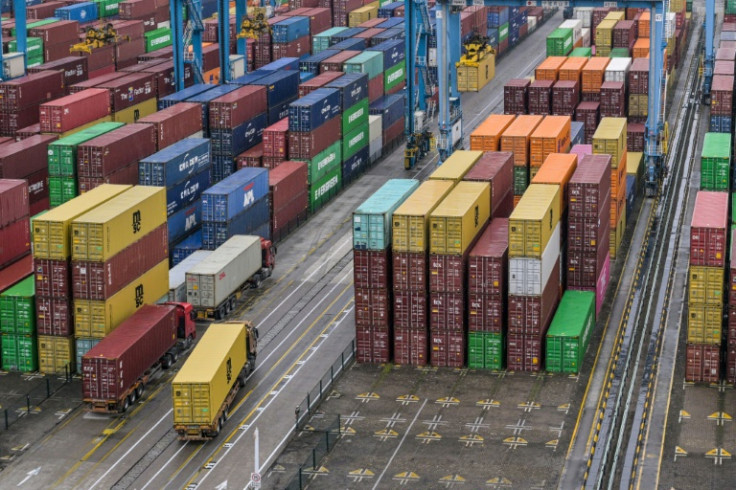Trump's Tariff Tsunami Reshapes Global Trade As US Households Face Rising Costs

President Donald Trump's latest tariff offensive is upending the global trade landscape—and the bill is landing squarely on the American doorstep.
As of this week, sweeping new tariffs of 10% to 41% are in effect for 69 countries, with transshipment penalties of 40% and steel tariffs at 50%. These policies, rolled out under the guise of "reciprocity," are the most aggressive U.S. trade measures in nearly a century.
According to the Budget Lab at Yale, the average U.S. household will lose approximately $2,400 in purchasing power this year due to rising prices on imports. Real GDP growth is expected to slow by 0.5 percentage points, and nearly 497,000 jobs could be lost by the end of 2026.
"These are the highest effective tariffs since 1935," noted Dr. Thomas Ellerman, an international economist at Columbia University. "And while some industries—like domestic steel—may benefit temporarily, the overall cost to consumers and exporters is enormous."
North American Neighbors Feel the Squeeze
While the USMCA trade deal offers some insulation, Canada and Mexico are not spared. Canada is facing up to 35% tariffs, with aluminum and autos hit hardest. Mexico's GDP could shrink by 4% if U.S. tariffs remain through 2026, according to Al Jazeera.
Brazil Hit with 50% Penalty
Brazil, facing 50% tariffs, is retaliating through the World Trade Organization and has imposed new duties on American agriculture. The dispute has escalated diplomatic tensions that were already strained by Brazil's recent political realignment (Wikipedia).
India Warned of Growth Slowdown
India now faces 25% tariffs, including sanctions over its continued oil trade with Russia. Goldman Sachs has trimmed its growth forecasts for 2025 and 2026, citing uncertainty around U.S. import duties.
Southeast Asia Under Pressure
New rules against "transshipment" are hitting Vietnam, Thailand, and Indonesia—countries that often serve as rerouting hubs for China-made goods. Al Jazeera reports that supply chain disruptions and inflation fears are now widespread in the region.
Europe Dodges Bullets—with a Price
The EU, UK, and Japan negotiated carve-outs for autos and pharmaceuticals, but many sectors still face 15–20% tariffs. European businesses are reporting pressure on margins, especially in luxury and automotive markets, per Financial Times.
The Political Calculus
For Trump, this is about leverage and optics. His administration argues the tariffs are forcing fairer trade deals and protecting U.S. manufacturing.
But Politico reports that businesses remain wary: "Clarity came—but so did chaos," one CEO told the outlet. "We're losing predictability, which is just as bad as losing margin."
The tariffs have also become a wedge issue in the 2026 midterm races. Republican hardliners support them; Democrats and some centrist GOP lawmakers warn of economic harm and global instability.
Trump's 2025 tariffs are more than a political stunt—they're a structural shift in America's role in the global economy. While some U.S. industries may gain, consumers and trade partners worldwide are already paying the price.
© Copyright IBTimes 2025. All rights reserved.





















